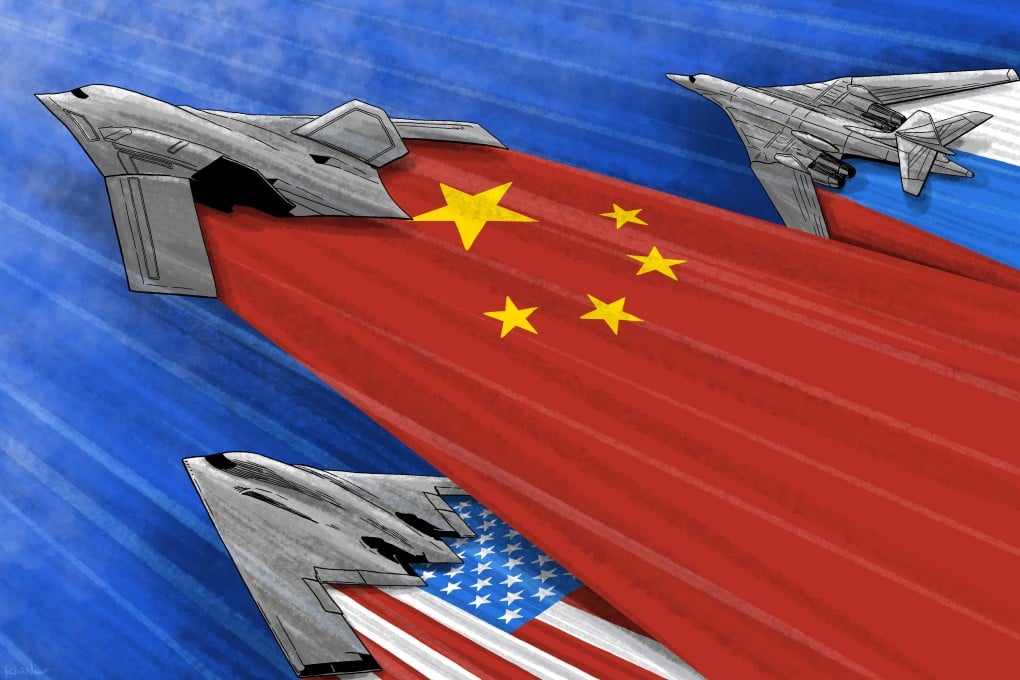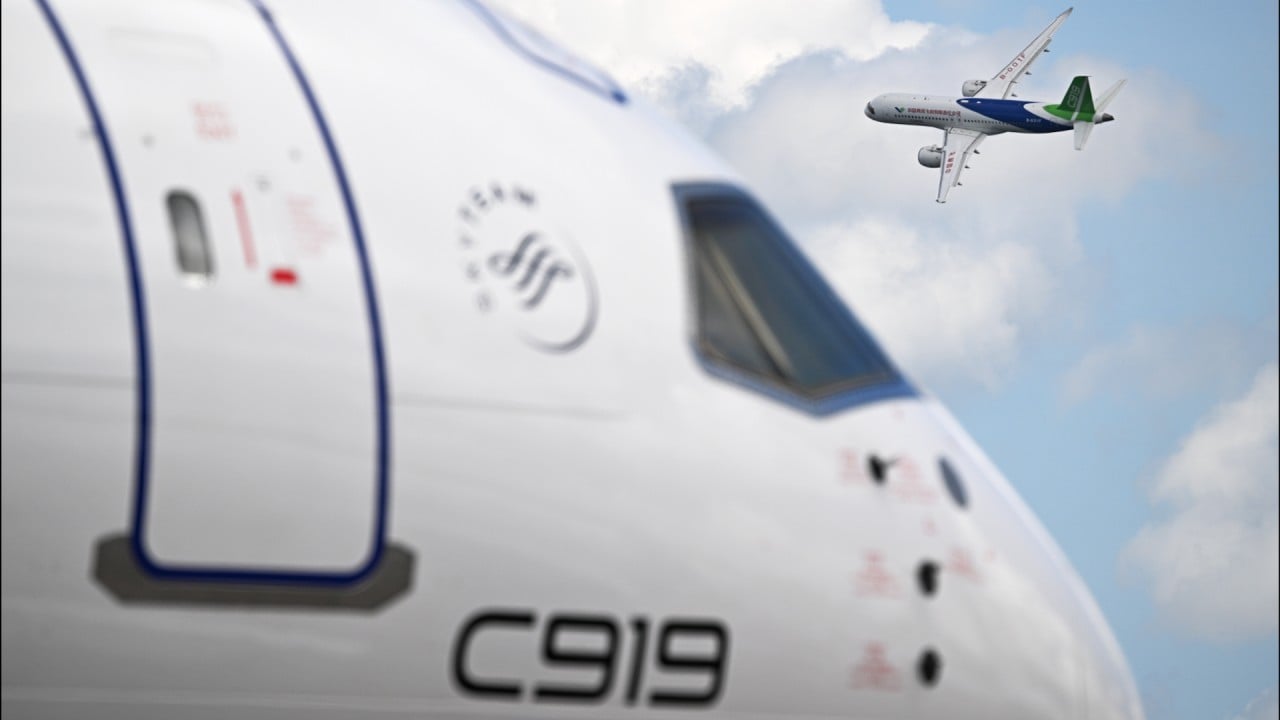Advertisement
China lacks an advanced bomber. Can the H-20 ‘Water’ quench its need?
- ‘A new generation of equipment would bring a new generation of combat power,’ PLA Air Force deputy commander says of mystery project
Reading Time:6 minutes
Why you can trust SCMP
87

This is the second in a four-part series about China’s military development, from weapons and aircraft to its role in the global supply chain and how it compares with the United States.
Advertisement
China’s H-20 bomber is nicknamed the “Water”, and it may just be the quenching solution the country seeks as it anticipates its next generation of strategic power.
There have been repeated signals, whispers, speculation, hearsay and rumours that China’s next generation stealth bomber could be ready “soon”. But, no matter how urgent the People’s Liberation Army’s (PLA) need, the timeline remains uncertain for the H-20 – whose nickname nods to water’s chemical symbol.
The launch of other Chinese-made aircraft, such as the C919 passenger jet, have only intensified the clamour in the nation for the H-20.
It was first officially confirmed as a “new generation of long-range bombers” under development in 2016. The H-20 bears Beijing’s hopes for matching the United States’ B-2 Spirit and B-21 Raider bombers, particularly as China’s sole active strategic H-6 bomber series has been flown for about 70 years.
In its lifetime, the H-6 has ensured China’s ticket to the three-member club, along with the US and Russia, of strategic bomber operators – a club even more exclusive than countries possessing thermonuclear weapons or ballistic missile submarines. But despite several major makeovers over the decades, this grandad plane is now clearly having difficulty keeping up with counterpart American or Russian bombers.
Advertisement

Advertisement
